Celebrate the magic of Vinayagar Chathurthi 2025 like never before!
From rich traditions and powerful rituals to eco-friendly ideas and trending festive vibes, this guide has it all.
Discover regional flavors, devotional tips, and ways to make your celebration meaningful and sustainable.
Let Lord Ganesha bless your home with wisdom, prosperity, and endless happiness this festive season!
Vinayagar Chathurthi: History, Pooja Rituals, and Celebration Tips
Introduction
Vinayagar Chathurthi, also known as Ganesh Chaturthi, is one of the most significant and beloved Hindu festivals, dedicated to Lord Ganesha, the deity of wisdom, prosperity, and new beginnings. Every year, families and communities come together to bring home idols of Vinayagar, perform rituals, prepare traditional sweets, and celebrate with devotion and joy.
The festival is not just a spiritual occasion but also a cultural celebration that symbolizes unity, gratitude, and the importance of sustainable living. Let us take a deep dive into its history, detailed pooja rituals, and tips to make your celebration more meaningful.
The History of Vinayagar Chathurthi
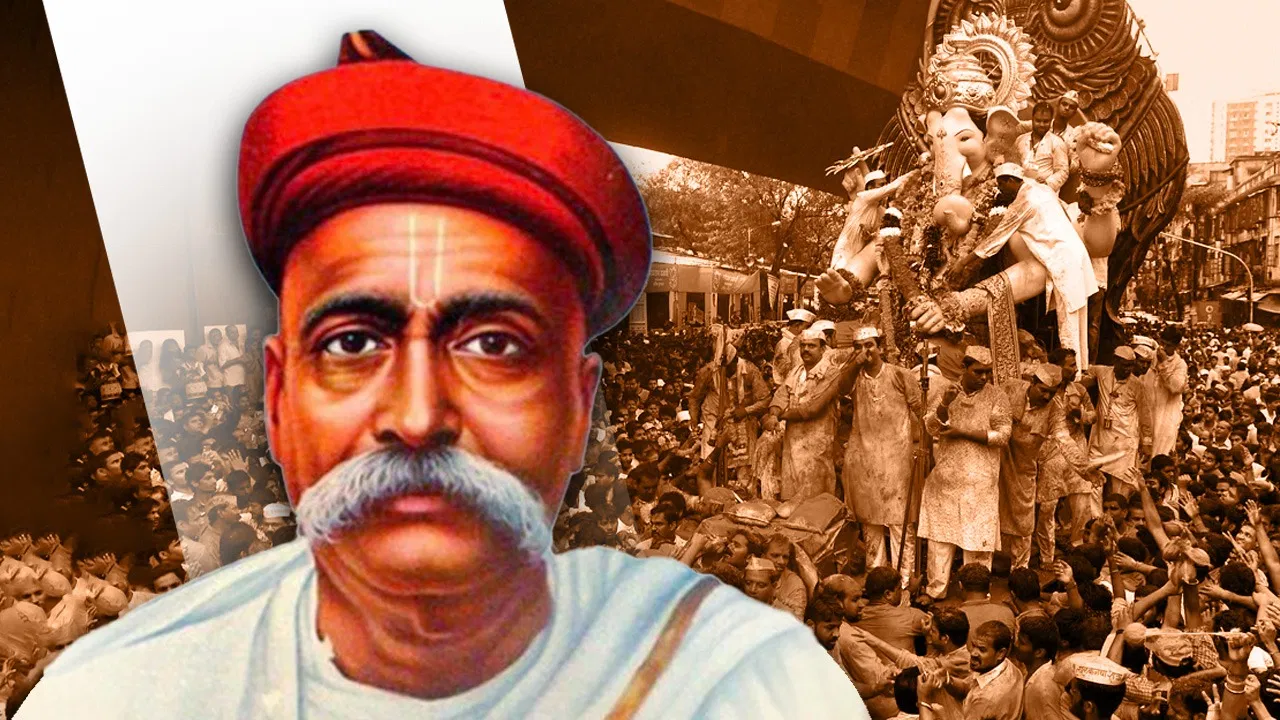
Ancient Roots
- The worship of Ganesha dates back over 2,000 years, with references found in sacred texts such as the Rigveda and Skanda Purana.
- The day of Vinayagar Chathurthi is considered the birthday of Lord Ganesha, born from Goddess Parvati and blessed by Lord Shiva.
- According to mythology, Ganesha was created by Parvati from sandalwood paste and brought to life to guard her privacy, later earning the status of the remover of obstacles and the “Vighnaharta.”
Medieval Period
- During the rule of the Maratha king Chhatrapati Shivaji Maharaj, the festival gained prominence and was celebrated with grandeur as a royal event.
Modern Revival
- In the late 19th century, Lokmanya Bal Gangadhar Tilak transformed Ganesh Chaturthi into a public festival in Maharashtra to foster unity during India’s struggle for independence.
- This movement brought communities together, breaking social and caste barriers, and made Vinayagar Chathurthi a festival of both devotion and cultural pride.
Significance of the Festival
- Symbol of Prosperity: Lord Ganesha is worshipped before starting any new venture or journey.
- Remover of Obstacles: Devotees believe that offering prayers during this festival clears paths to success and harmony.
- Spiritual Renewal: The immersion (Visarjan) symbolizes letting go of negativity and embracing fresh beginnings.
Step-by-Step Pooja Rituals
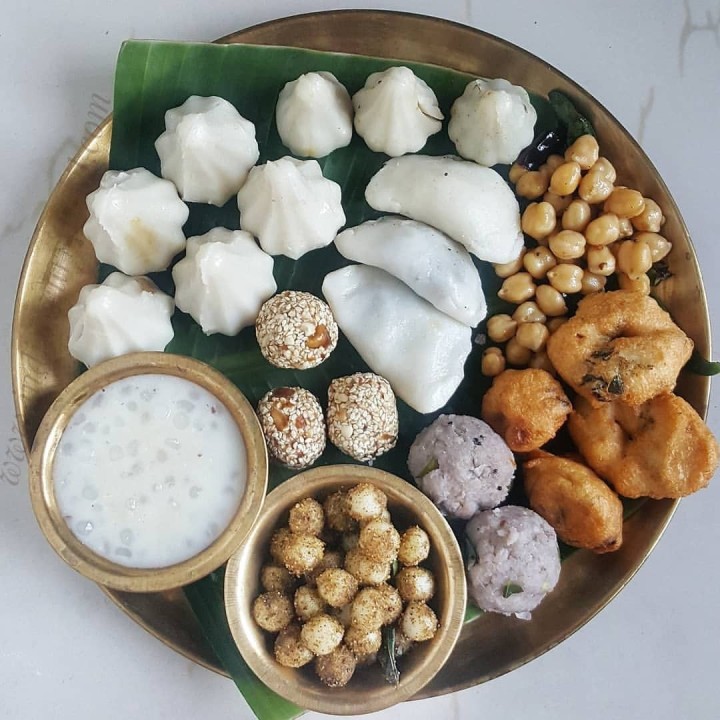
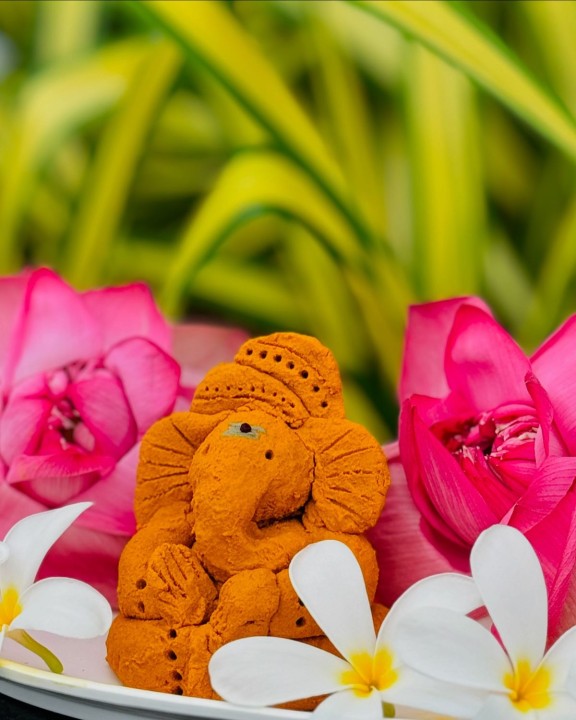
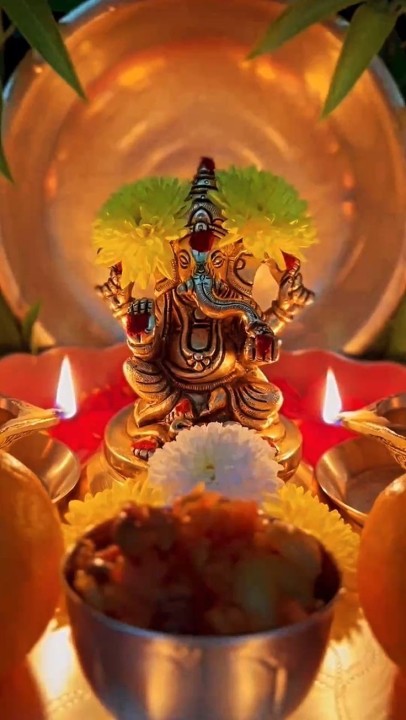
1. Preparation & Setup
- Cleaning & Decoration: Begin the day by cleaning your home and setting up a puja mandap.
- Idol Placement: Place the idol of Lord Ganesha on an elevated, decorated platform facing east or north for positive energy.
- Essential Items: Keep ready flowers, fruits, durva grass, turmeric, kumkum, sandalwood paste, incense sticks, camphor, and lamps.
2. Pranapratishtha (Invoking Lord Ganesha)
- Light the deepam (lamp) and incense sticks.
- Chant mantras like “Om Gan Ganapataye Namaha” to invite divine energy into the idol.
- Sprinkle holy water (theertham) and offer akshata (turmeric-mixed rice) to the idol.
3. Offerings (Naivedyam)
- Modak or Kozhukattai: Considered Ganesha’s favorite sweet.
- Offer coconut, jaggery, banana, and fruits, along with durva grass.
- Some families prepare traditional dishes like sundal, poli, and payasam as part of the offering.
4. Aarti & Bhajans
- Perform aarti with family members using camphor and lamps.
- Sing devotional songs or bhajans to create a spiritual atmosphere.
- Distribute prasadam (offering) among family and guests after the pooja.
5. Visarjan (Immersion)
- On the final day, the idol is immersed in water, symbolizing the cycle of creation and dissolution — reminding us that life is temporary but divine energy is eternal.
- Use eco-friendly idols made from clay to protect rivers, ponds, and oceans from chemical pollution.
Tips for a Joyful & Eco-Friendly Celebration
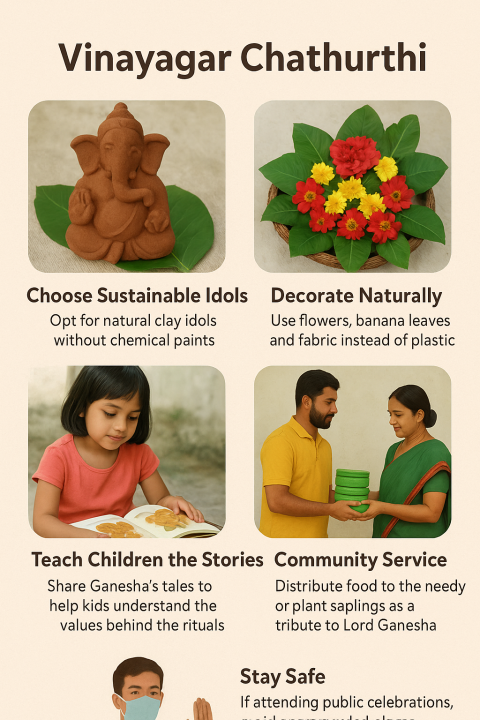
- Choose Sustainable Idols: Opt for natural clay idols without chemical paints.
- Decorate Naturally: Use flowers, banana leaves, and fabric instead of plastic.
- Teach Children the Stories: Share Ganesha’s tales to help kids understand the values behind the rituals.
- Community Service: Distribute food to the needy or plant saplings as a tribute to Lord Ganesha.
- Stay Safe: If attending public celebrations, avoid overcrowded places and follow safety measures.
Regional Flavors of Celebration
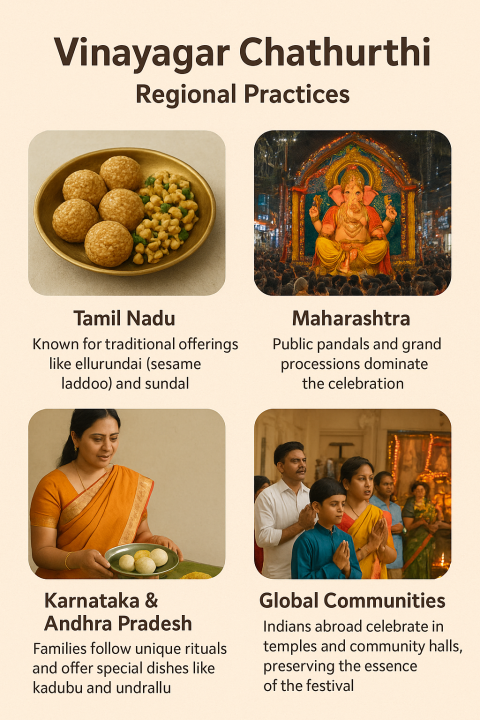
- Tamil Nadu: Known for traditional offerings like ellurundai (sesame laddoo) and sundal.
- Maharashtra: Public pandals and grand processions dominate the celebration.
- Karnataka & Andhra Pradesh: Families follow unique rituals and offer special dishes like kadubu and undrallu.
- Global Communities: Indians abroad celebrate in temples and community halls, preserving the essence of the festival.
Conclusion
Vinayagar Chathurthi is more than a festival — it is a reminder of faith, unity, and spiritual renewal. By performing the rituals with devotion and celebrating in eco-friendly ways, we honor not just Lord Ganesha but also the environment and the community around us.
May this Vinayagar Chathurthi bring wisdom, prosperity, and happiness to your home, guiding you to overcome challenges and embrace new beginnings with strength and grace.








